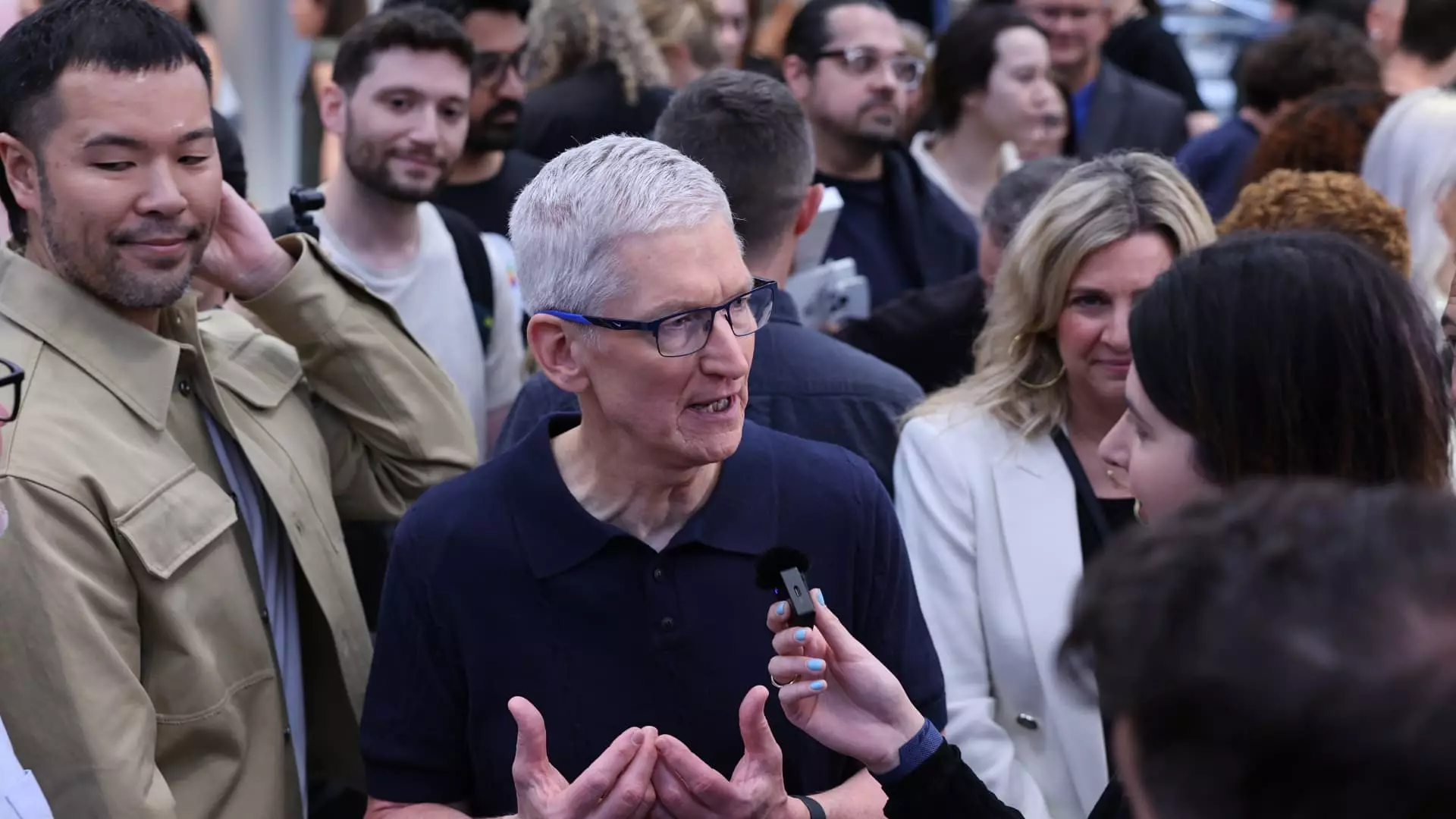Apple Inc. has been a focal point for investors this year, especially following its fluctuating stock performance which has raised eyebrows. Recent developments, including Evercore ISI’s addition of Apple to its tactical outperform list, suggest a potential recovery on the horizon, but analysts caution that the path may be fraught with uncertainties, particularly regarding the company’s performance in China.
Recent Performance and Analyst Outlook
Evercore ISI’s outlook was highlighted as Apple experienced its worst performance since August last year, spurred by reports of declining iPhone demand in China. Despite this downturn, analysts noted that Apple shares might be positioned favorably ahead of the fiscal 2025 first-quarter earnings announcement scheduled for January 30. The December quarter, which typically encapsulates the holiday shopping season, is crucial for Apple, and analysts expect the company to meet expectations due to a boost in Services and Wearables sectors, alongside emerging market growth.
While Evercore analysts maintain a positive long-term outlook for Apple, they are not blind to the immediate challenges the company faces in China—its second-largest market—accounting for 15% of total sales as of the last quarter. Following a research report from Canalys that indicated a significant drop in Apple’s market position in China, fears about weakened demand and stiff competition from local manufacturers like Huawei and Vivo surfaced, leading to a near 4% drop in Apple shares.
China’s smartphone market remains a critical wildcard for Apple’s financial health, particularly as the company navigates a landscape of heightened competition—something that was starkly evident in the recent data. The decline in sales growth and the potential loss of market share pose significant risks. However, the argument is made that Apple is not solely reliant on Chinese sales. By actively pursuing emerging markets like India, Apple may be able to offset declines in other regions.
This strategy, while promising, isn’t a short-term fix. It requires time and sustained investment in building brand presence and customer loyalty in these markets. A diverse market strategy might help stabilize Apple’s overall sales figures, but until those dividends pay off, the company must manage investor expectations judiciously.
Analyzing the broader market trends, it becomes evident that Apple’s stock performance in early 2025 is reminiscent of patterns observed in late 2023, where the stock also underwent significant corrections. At the end of December 2024, Apple shares reached an impressive high of $259, only to suffer more than an 8% decline as the new year began.
The fluctuations emphasize a period of profit-taking by investors. In a strategic move, the Investing Club managed by Jim Cramer sold some shares right before the year’s end—a decision driven primarily by the recognition that their holdings had grown disproportionately large. Investors may have been wise to lock in profits when they could, as the return trajectory appeared uncertain.
Despite the challenges presented, there remains a general consensus around Apple’s long-term growth prospects, particularly with the anticipated launch of new features powered by generative artificial intelligence—a product that analysts expect will significantly buoy demand for their latest devices, especially those in the iPhone 16 lineup.
The eventual rollout of “Apple Intelligence” might provide that crucial spark for growth that investors are waiting for. However, it’s vital to recognize that these positive projections and technological advancements are contingent on how effectively Apple can navigate current headwinds, specifically in crucial foreign markets.
In summation, while Evercore’s recent buy recommendation provides a glimmer of hope for Apple stock, caution is advised as investors tread the potentially rocky waters leading into the earnings release. The existing pressures in China loom large, and the quick fixes are rarely effective when building a global brand.
Ultimately, the combination of an already inflated stock price, uncertain demand conditions, and increased competition compels investors to remain vigilant. It is incumbent on investors to weigh the near-term volatility against long-term strategic growth drivers. As Jim Cramer aptly put it, vigilance is critical—waiting for signs of recovery and acknowledging the risks will be essential as Apple approaches its next earnings report.

